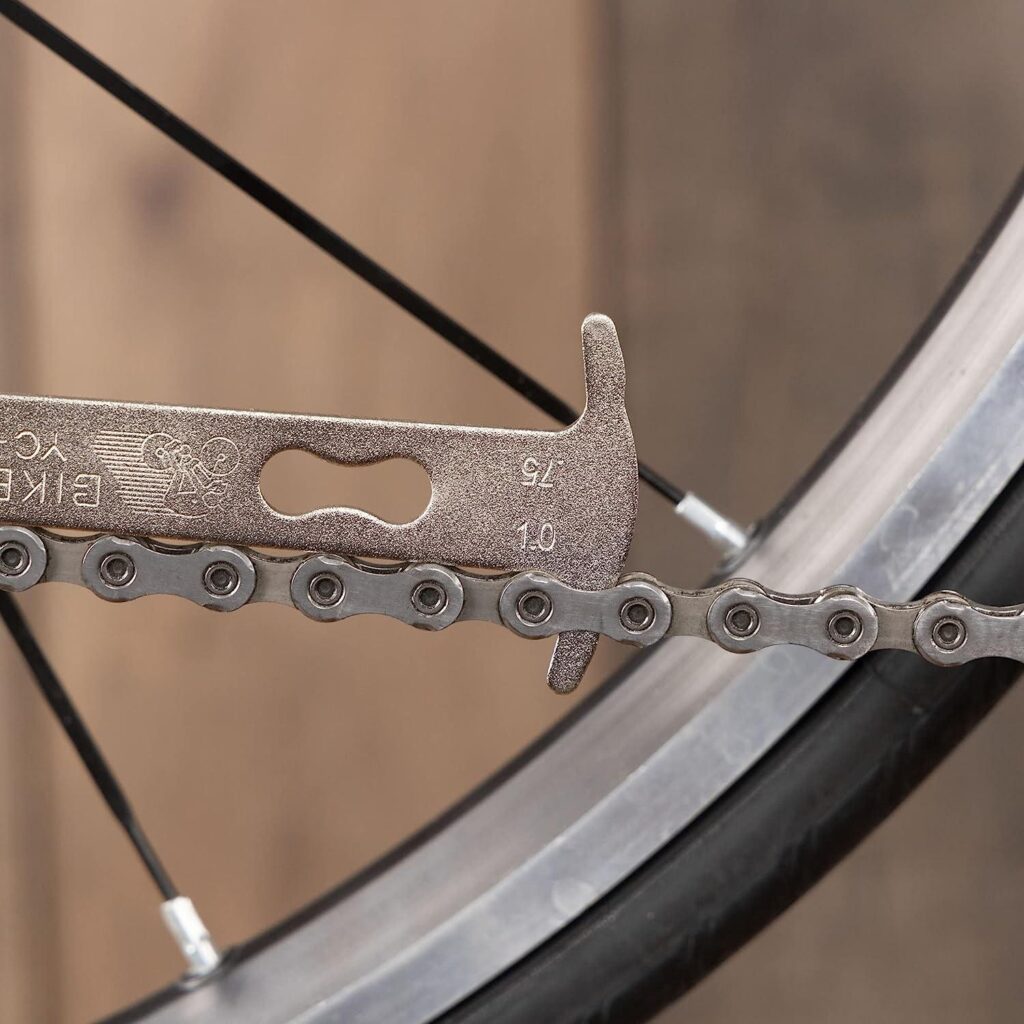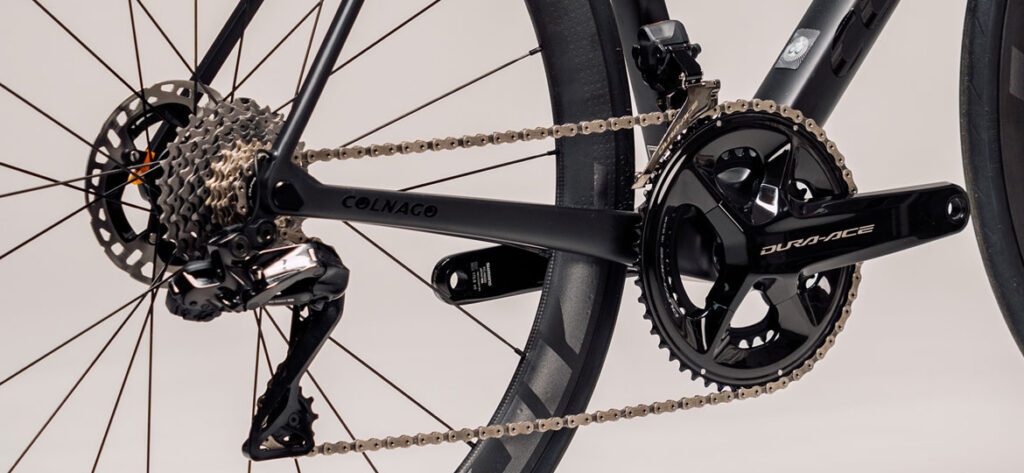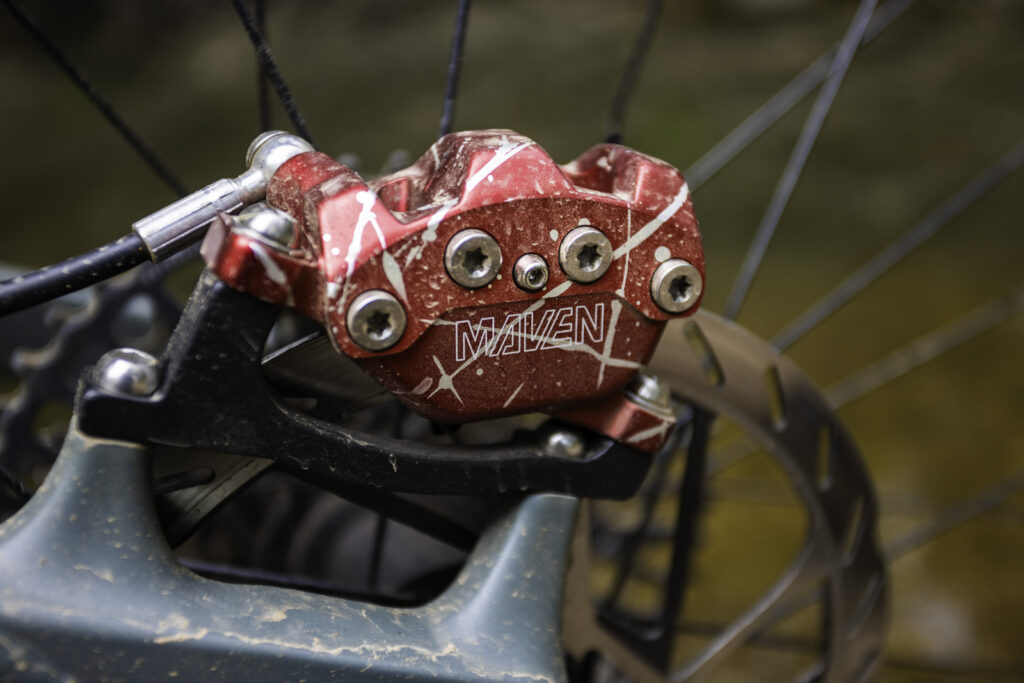Introduction: Why Chain Wear Tools Matter
Your bike’s chain is the unsung hero of every ride. It transfers power, absorbs torque, and experiences more friction than any other component on your drivetrain. But over time, every chain stretches and wears out — and when it does, it starts damaging your cassette and chainrings with every pedal stroke.
That’s where chain wear tools, also called chain checkers or chain gauges, come in. These simple, inexpensive tools tell you exactly when your chain needs replacing, saving you hundreds of dollars in drivetrain repairs down the road.
In this 2026 guide, we’ll cover the best chain wear tools you can buy, how they work, how to use them properly, and which one suits your type of riding — from weekend road riders to daily e-bike commuters.
What Does a Chain Wear Tool Do?
A chain wear tool measures how much your chain’s pins and rollers have elongated over time. Contrary to popular belief, chains don’t actually “stretch” — the metal wears internally, increasing pitch between links. When that happens, the chain stops meshing cleanly with your gears.
A chain checker tells you:
- Whether your chain is still good,
- Getting close to replacement, or
- Too worn and damaging your cassette.
Most tools display readings like 0.5% and 0.75% wear, which correspond to replacement intervals:
- 0.5% wear → Replace for road bikes.
- 0.75% wear → Replace for mountain and e-bikes.
Pro Tip: Check your chain every 200–300 miles. It’s a 15-second check that can prevent a $300 drivetrain replacement.
Best Chain Wear Tools for 2026
Here’s our list of the top-performing chain checkers for 2026 — a mix of pro-grade precision tools and simple, affordable gauges that every home mechanic can use.
1. Park Tool CC-4 Chain Checker
Best Overall Chain Wear Tool (2026 Winner)
Price: $17–$19
Type: Mechanical drop-in gauge
Accuracy: ±0.25%
Made in: USA
Why We Love It
Park Tool’s CC-4 has been a gold standard for years — and it remains the most accurate, user-friendly chain wear tool available in 2026. Made from laser-cut stainless steel, the CC-4 measures chain elongation across multiple links for consistent accuracy.
Unlike cheaper tools that only measure pin spacing, the CC-4’s design accounts for roller wear — giving you a true measurement of overall chain condition.
Key Features
- Measures both 0.5% and 0.75% wear
- Compatible with single-speed to 12-speed drivetrains
- Precision-machined and built to last
- No calibration or batteries needed
Pros
- Simple and accurate
- Durable, stainless construction
- Works on e-bikes and high-end drivetrains
Cons
- Doesn’t provide digital readouts
- Slight learning curve the first time
2. Pedro’s Chain Checker Plus II
Best Multi-Function Option
Price: $25–$30
Type: Mechanical + integrated tool functions
Material: Heat-treated steel
Why We Love It
Pedro’s builds smart, mechanic-friendly tools — and this one’s no exception. The Chain Checker Plus II not only measures wear, but also doubles as a chain hook and chainring wear indicator. It’s perfect for riders who want versatility without extra clutter in their toolbox.
Key Features
- Dual wear readings: 0.5% and 0.75%
- Built-in chain hook for re-linking
- Chainring tooth wear indicator
- Works on 1–12 speed chains
Pros
- Multi-purpose design
- Pro-grade build quality
- Highly visible markings
Cons
- Slightly bulky for pocket carry
- Not ideal for tight clearances on e-bikes
3. Topeak Chain Checker 2.0
Best for Casual Riders
Price: $12–$15
Type: Mechanical drop-in
Material: Chrome-plated steel
Why We Love It
For casual riders who want reliability without overspending, the Topeak Chain Checker 2.0 is ideal. It’s small, lightweight, and simple — drop it in your toolbox and you’ll never skip a chain check again.
Key Features
- Dual-sided readings (0.5% / 0.75%)
- Works on multi-speed and single-speed chains
- Clearly marked and easy to read
Pros
- Affordable
- Compact and durable
- Works on nearly any bike
Cons
- Not as precise as Park Tool
- May feel loose on some wide chains
4. Shimano TL-CN42 Chain Wear Indicator
Best for Shimano Drivetrains
Price: $25–$30
Type: OEM precision gauge
Material: Hardened steel
Why We Love It
If you ride Shimano — road, MTB, or e-bike — this is your perfect match. The TL-CN42 offers exact compatibility with Shimano’s 11- and 12-speed chains, which have unique roller spacing.
Key Features
- Shimano factory specifications
- Exact fit for HG, HG-X, and HG-X12 chains
- Pro-level accuracy
Pros
- OEM-grade precision
- Ideal for Shimano drivetrains
- Extremely durable
Cons
- Slightly pricier
- Not as universal as others
5. Park Tool CC-3.2 Chain Checker
Best Budget Pro Tool
Price: $13–$15
Type: Drop-in gauge
Material: Stainless steel
Why We Love It
If the CC-4 is Park Tool’s premium option, the CC-3.2 is its trusty sibling. It’s been around for years and still holds its own — simple, accurate, and bulletproof.
Key Features
- 0.5% and 0.75% indicators
- Stamped stainless steel
- Works across most drivetrains
Pros
- Affordable Park Tool quality
- Easy to use
- Durable and consistent
Cons
- Slightly less accurate than CC-4
- Narrow handle can flex a little
6. Abbey Bike Tools Chain Wear Gauge
Best for Professional Mechanics
Price: $45–$50
Type: Precision-machined pro tool
Material: Aluminum + stainless steel
Why We Love It
Abbey tools are the Ferraris of bike maintenance — beautifully crafted, obsessively precise, and built to last a lifetime. The Abbey Chain Wear Gauge uses a calibrated dial to measure elongation with unmatched accuracy.
Key Features
- CNC-machined from aircraft aluminum
- Accurate to ±0.05%
- Engraved calibration marks
- Used by pro race mechanics
Pros
- Unmatched precision
- Gorgeous craftsmanship
- Lifetime tool
Cons
- Pricey for casual riders
- Overkill for basic checks
7. BBB Cycling Chain Checker (BTL-125)
Best Value Under $10
Price: $9–$10
Type: Mechanical
Material: Heat-treated steel
Why We Love It
Simple, cheap, effective. BBB Cycling’s BTL-125 does the job — and while it’s not glamorous, it’s reliable and accurate enough for most home riders.
Key Features
- Dual-side 0.5% / 0.75% readings
- Fits all standard chains
- Compact and lightweight
Pros
- Inexpensive and durable
- Easy to stash in a kit
- Great backup tool
Cons
- No ergonomic grip
- Can bend if misused
Comparison Table: Best Chain Wear Tools (2026)
| Tool | Price | Accuracy | Chain Compatibility | Material | Verdict |
|---|---|---|---|---|---|
| Park Tool CC-4 | $18 | ★★★★★ | 1–12 speed | Stainless | Best Overall |
| Pedro’s Chain Checker Plus II | $28 | ★★★★☆ | 1–12 speed | Steel | Best Multi-Tool |
| Topeak Chain Checker 2.0 | $14 | ★★★☆☆ | Universal | Chrome Steel | Best for Casual Riders |
| Shimano TL-CN42 | $30 | ★★★★☆ | Shimano 11–12 speed | Steel | Best OEM Precision |
| Park Tool CC-3.2 | $15 | ★★★★☆ | 1–12 speed | Stainless | Best Budget Pro Tool |
| Abbey Chain Gauge | $49 | ★★★★★ | All | Aluminum/Steel | Best for Mechanics |
| BBB BTL-125 | $9 | ★★★☆☆ | All | Steel | Best Budget Pick |
How to Use a Chain Wear Tool (Step-by-Step)
Using one is simple — but accuracy matters. Here’s how to do it right:
- Clean the chain before measuring.
- Place the hooked end of the tool into one roller.
- Drop the indicator side between the links.
- If the 0.5% side fits — start planning replacement soon.
- If the 0.75% side fits — replace the chain immediately.
Pro Tip: Replace chains before hitting 0.75%. It’s far cheaper than replacing a cassette.
E-Bike and 12-Speed Chain Considerations
Modern drivetrains — especially 12-speed and e-bike chains — require tighter tolerances.
- Use e-bike-specific gauges (like Park CC-4 or Shimano TL-CN42).
- Check every 300–400 miles for e-bikes.
- Avoid old-style “drop-in” gauges on flat-top chains like SRAM AXS; use digital or adjustable ones instead.
When to Replace a Chain (and Why It Matters)
Replacing a chain at the right time can triple the life of your cassette.
Here’s a quick reference:
| Chain Type | Replace At | Typical Lifespan |
|---|---|---|
| Road (Dry) | 0.5% | 2,000–3,000 miles |
| MTB (Wet/Muddy) | 0.75% | 1,200–1,800 miles |
| E-Bike | 0.75% | 1,000–1,500 miles |
Neglecting this interval causes shark-tooth cassette wear, noisy pedaling, and shifting issues.
How to Choose the Right Chain Checker
When selecting your chain wear tool, consider:
- Accuracy — Look for tools calibrated to ±0.25%.
- Speed Compatibility — Ensure support for 11/12-speed chains.
- Build Material — Stainless steel lasts far longer than aluminum.
- Ease of Reading — Engraved or printed markings matter for visibility.
- Price vs Frequency — If you check often, buy quality once.
For most riders, the Park Tool CC-4 or Pedro’s Chain Checker Plus II hits the sweet spot of accuracy, price, and durability.
Maintenance Tips for Longevity
- Store your chain checker in a dry toolbox to prevent rust.
- Clean it occasionally with a degreaser.
- Don’t drop it — slight bends affect accuracy.
- Keep away from magnets or heavy impacts (for digital models).
Final Thoughts
A chain wear tool is one of the simplest and smartest tools you can own — small, affordable, and capable of saving you hundreds in drivetrain repairs.
If you’re just starting out, grab a Park Tool CC-4 or Pedro’s Checker Plus II — both offer unmatched value for under $30.
For pro mechanics or serious riders, the Abbey Chain Gauge is the ultimate precision instrument.
No matter which one you choose, what matters most is using it regularly.
A 15-second check every few rides will keep your bike shifting smoother, running quieter, and lasting longer.
Related Content:
- Rad Power vs Aventon
- How to Pack a Bike
- How to Wash a Bike Safely
- How To Maintain An E-Bike Battery
- Best Mountain Bike Brands
Why Trust This Guide
BestBikeBrands is built by lifelong cyclists with decades of real-world experience — in the shop, on the trail, and behind the wrench. Our goal is simple: to help riders choose the best bikes and gear with confidence, backed by expert insights and hands-on testing. Learn more about us →






